Shoulder Day Workout – Deltoid Workout Routine
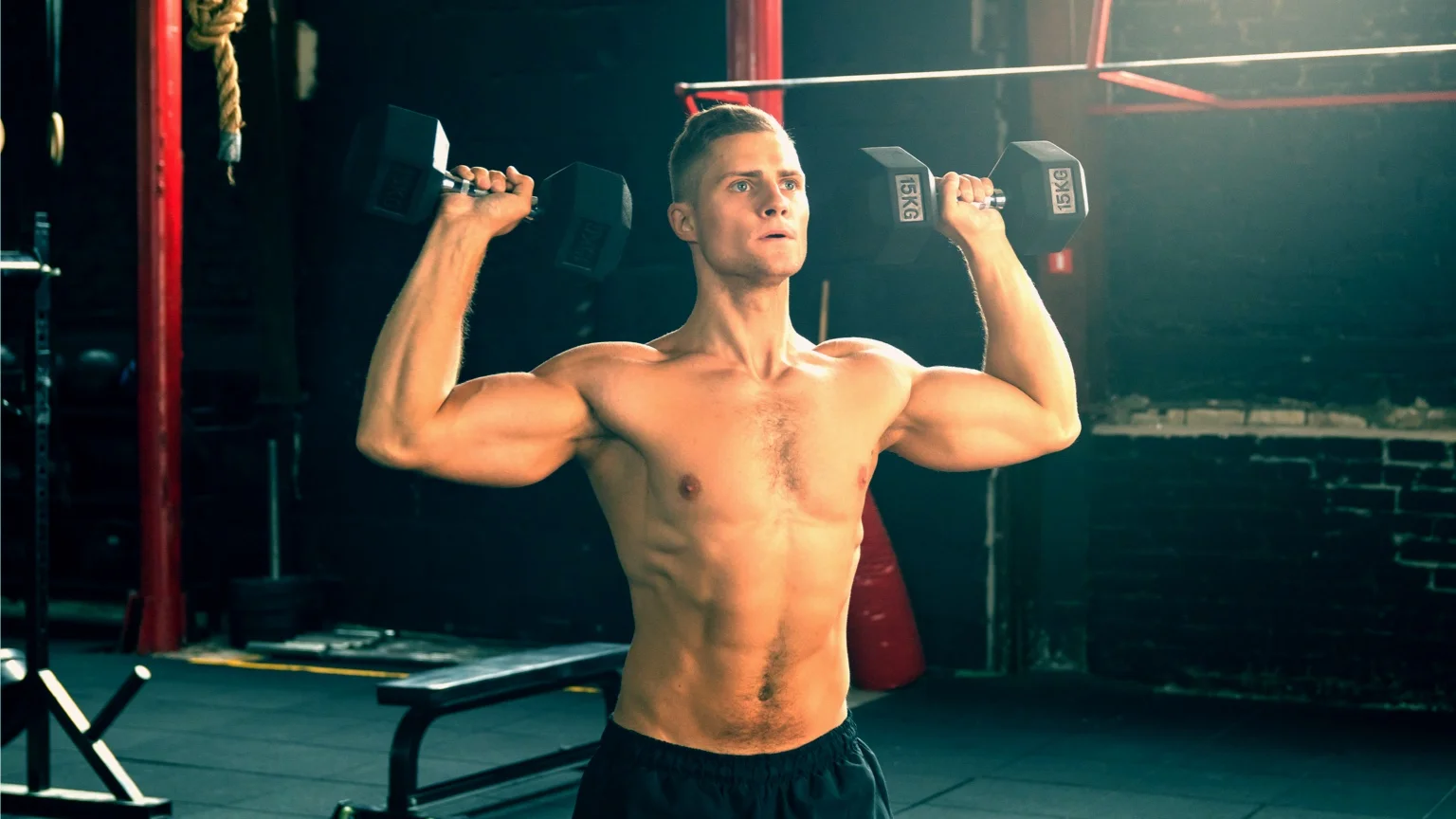
New
Build a workout routine for your personal fitness level and goals
Create a personalized workout plan using Gym Geek’s new AI tool. Gym Geek AI can generate a single workout or a structured routine for any fitness goal.
Powered by
This shoulder day workout routine includes a variety of exercises targeting all three parts of your deltoids – your anterior (front), lateral (side) and posterior (rear) delts. The workout starts with compound shoulder press and upright rows, before moving onto three types of raise movement.
Training with a shoulder day
Dedicating a day of your workout routine to shoulders allows you to focus on strengthening and enhancing the muscles in your shoulders.
Dividing your workout days by muscle group is a style of working out called split training. Following a split routine, you will dedicate one or more days in your routine to your shoulders. You can either dedicate the whole day to shoulders, or (more commonly) combine your workout with other muscle groups.
If you are following a bro split, you can use this workout as your shoulder day. The bro split divides your training sessions to target a specific muscle group on each day. For example, Mondays might be chest day. Tuesdays, shoulder day, and so on. A typical bro split might look something like this:
- Monday – Chest
- Tuesday – Shoulders
- Wednesday – Legs
- Thursday – Back
- Friday – Arms
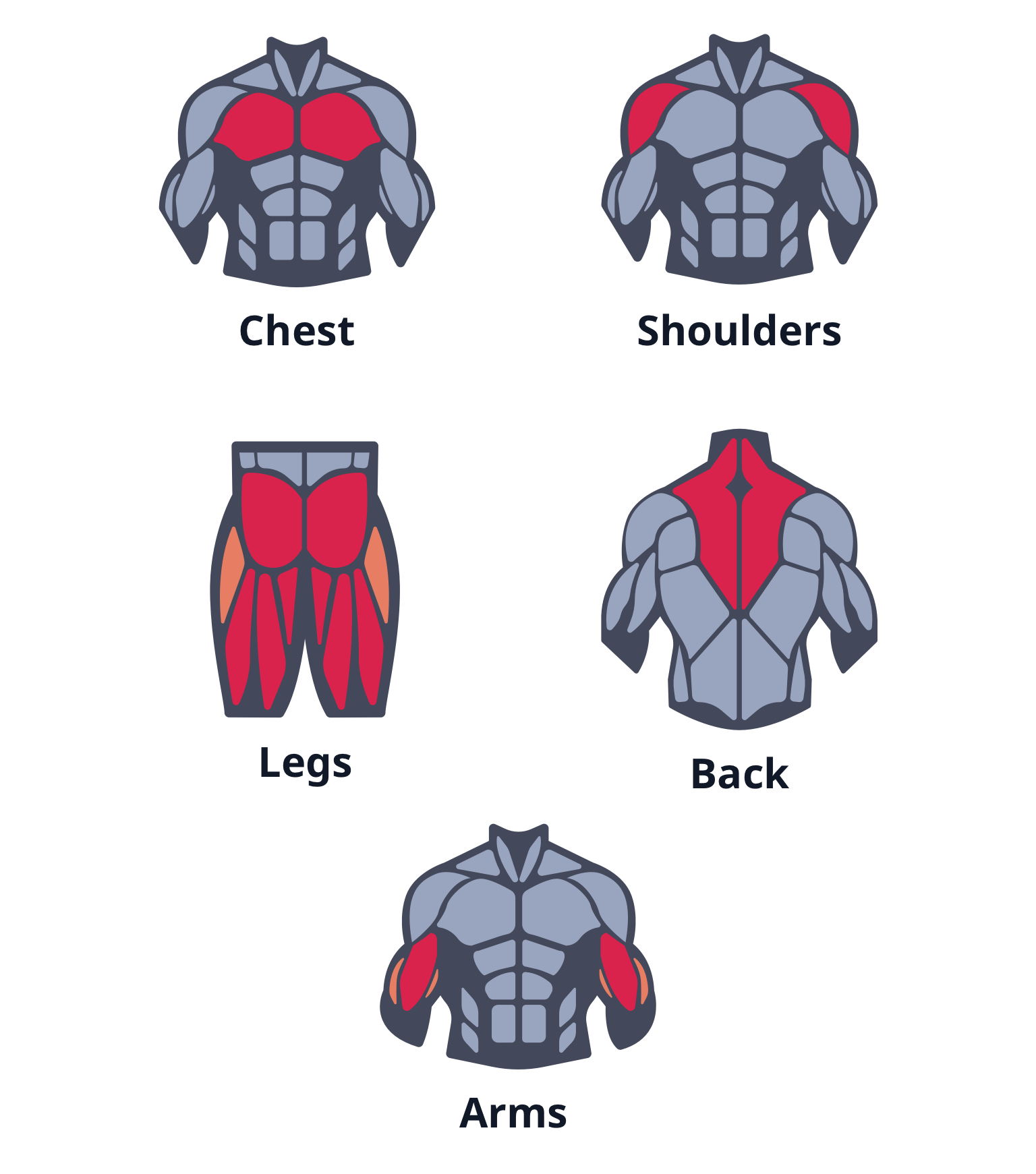
Other split workout routines
Bro splits are not popular amongst intermediate to advanced trainees. This way of training has a major drawback because you only work one muscle group each day. This means you are minimizing your training frequency, compared to routines where you hit the same muscle group twice per week.
In upper lower workout routines, shoulders are combined with your chest, back, biceps and triceps. This style of routine places much less emphasize on your shoulders. So if you want to emphasis training your shoulders, you may want to consider introducing a dedicated shoulder day into the routine.
Push pull legs (PPL) divides the exercises differently, grouping your shoulders with chest and triceps. If you want to focus more on your shoulders, you can temporarily replace one of your push days with this shoulder workout. Or, you could further split out push day into two days – one for a shoulders workout, and another for your chest and triceps.
You should be mindful that many shoulder exercises also engage your chest and arms, so schedule your workout split to provide enough rest time between workouts.
Shoulder muscles
Anterior (front) deltoids
Your anterior deltoids, also known as front deltoids, are one of three parts of your deltoid muscles. They are located at the front of your shoulder and are engaged when you move your arm upward in front of your body. Strengthening your front deltoids can improve your shoulder stability and enhance your performance in everyday pushing, lifting or throwing movements.
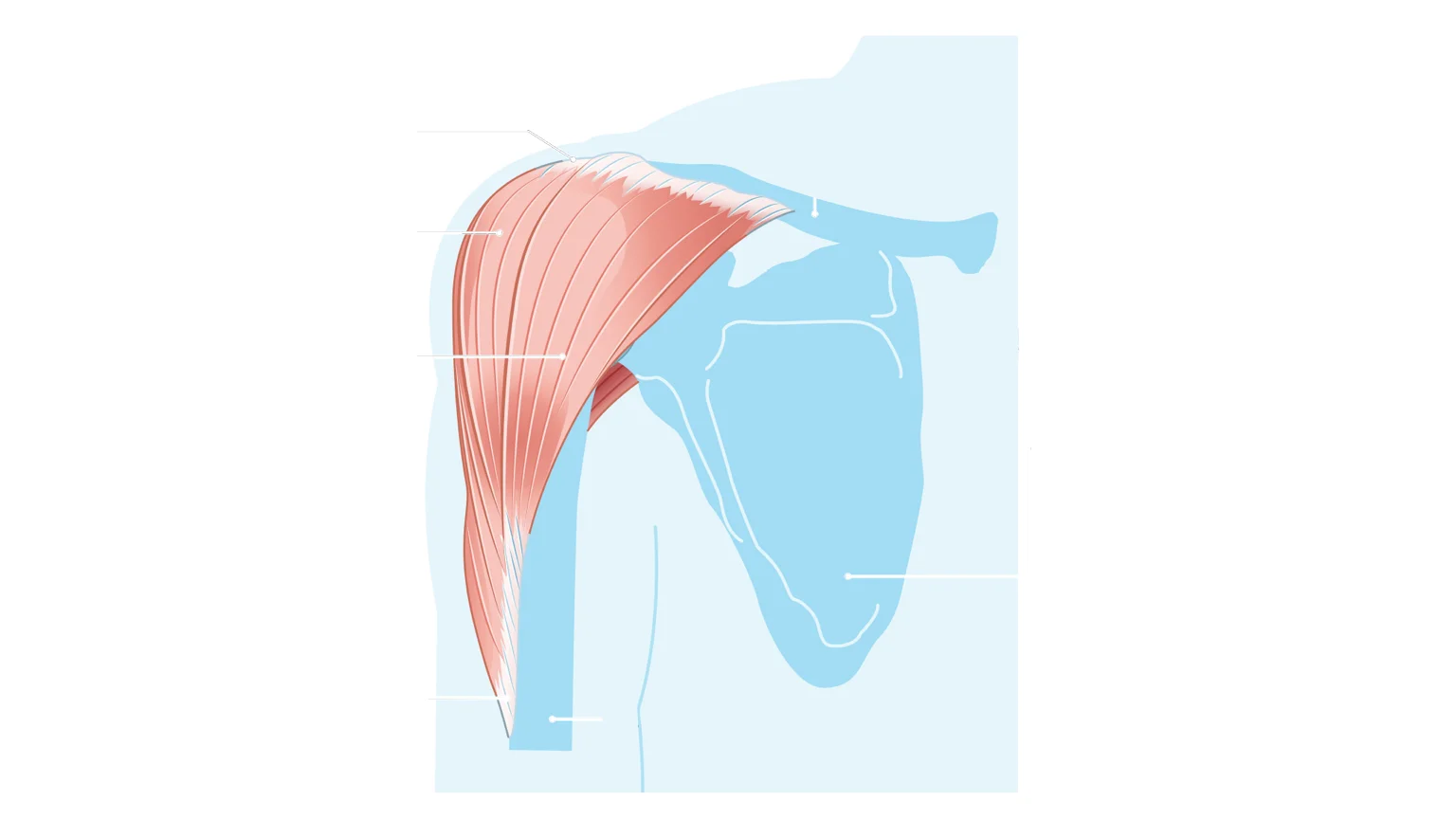
Lateral (side) deltoids
The lateral deltoids, also known as middle deltoids or side deltoids, are your outermost shoulder muscles, responsible for raising your arms to the side. They have a rounded, triangular shape. Increasing the size and strength of these muscles can enhance your upper body appearance, and also help in everyday lifting and pulling activities.
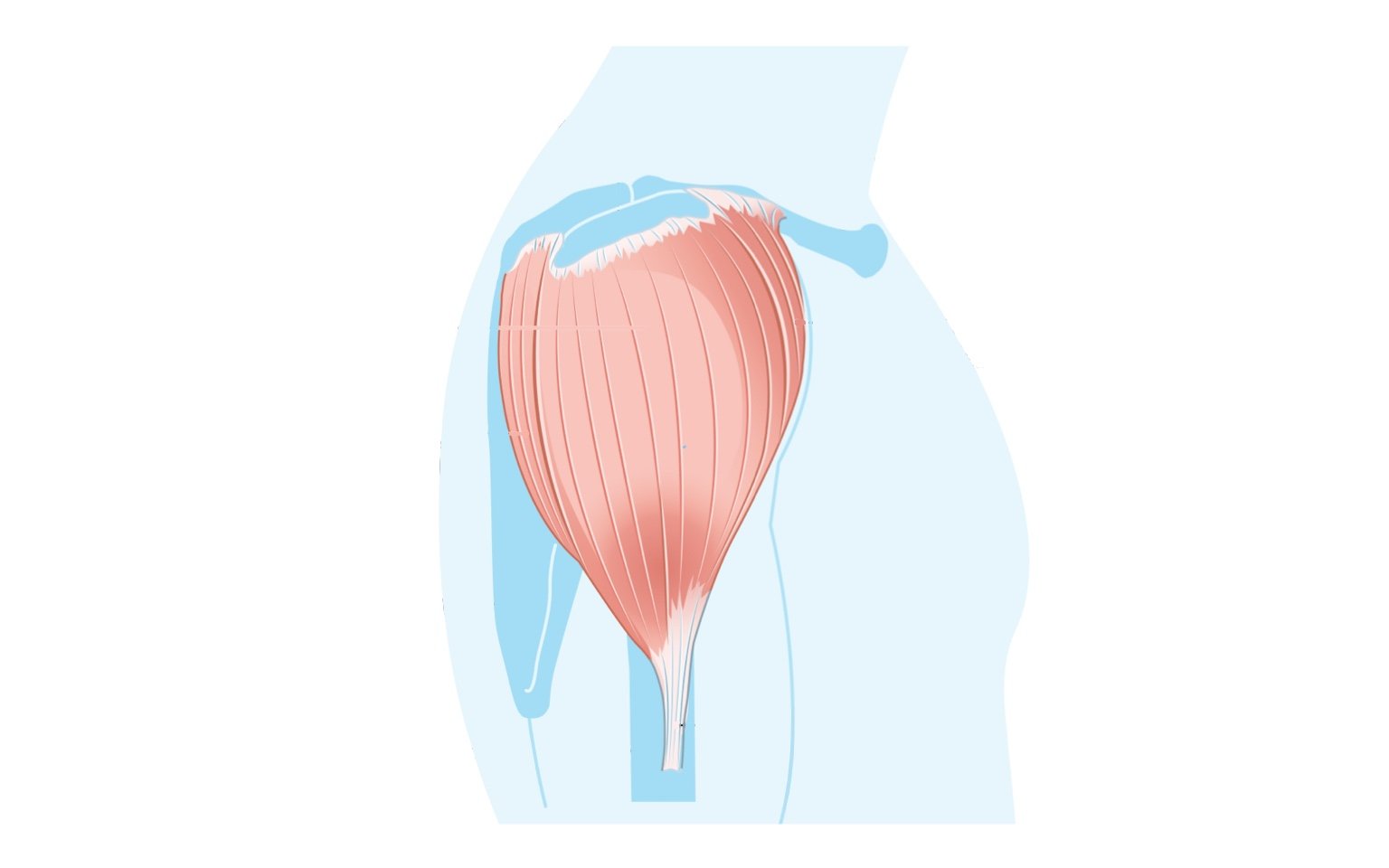
Posterior (rear) deltoids
Your rear deltoids, also known as posterior deltoids, are located at the back of your shoulders. They assist in pulling back your shoulders. Developing your rear deltoids can help you achieve a balanced and rounded shoulder appearance. Stronger rear deltoids can also help with posture and reduce the risk of shoulder injuries in other exercises.
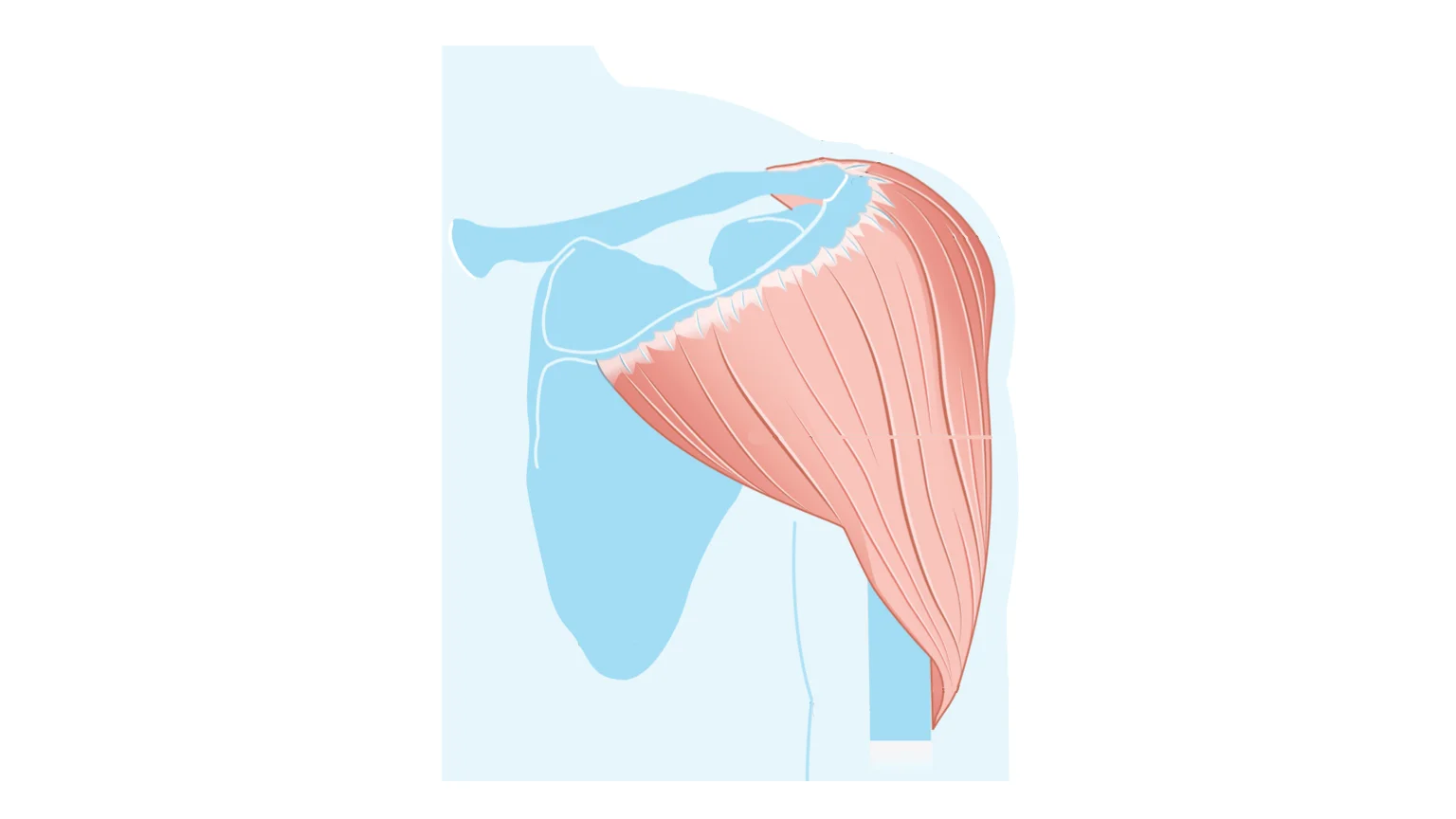
The Shoulder Day Workout
- Seated dumbbell shoulder press – 4 sets of 8-12 reps
- Upright rows – 3 sets of 8-12 reps
- Dumbbell lateral raises – 3 sets of 8-12 reps
- Dumbbell front raises – 3 sets of 8-12 reps
- Rear delt flyes – 3 sets of 8-12 reps
Shoulder day exercises
Seated dumbbell shoulder press
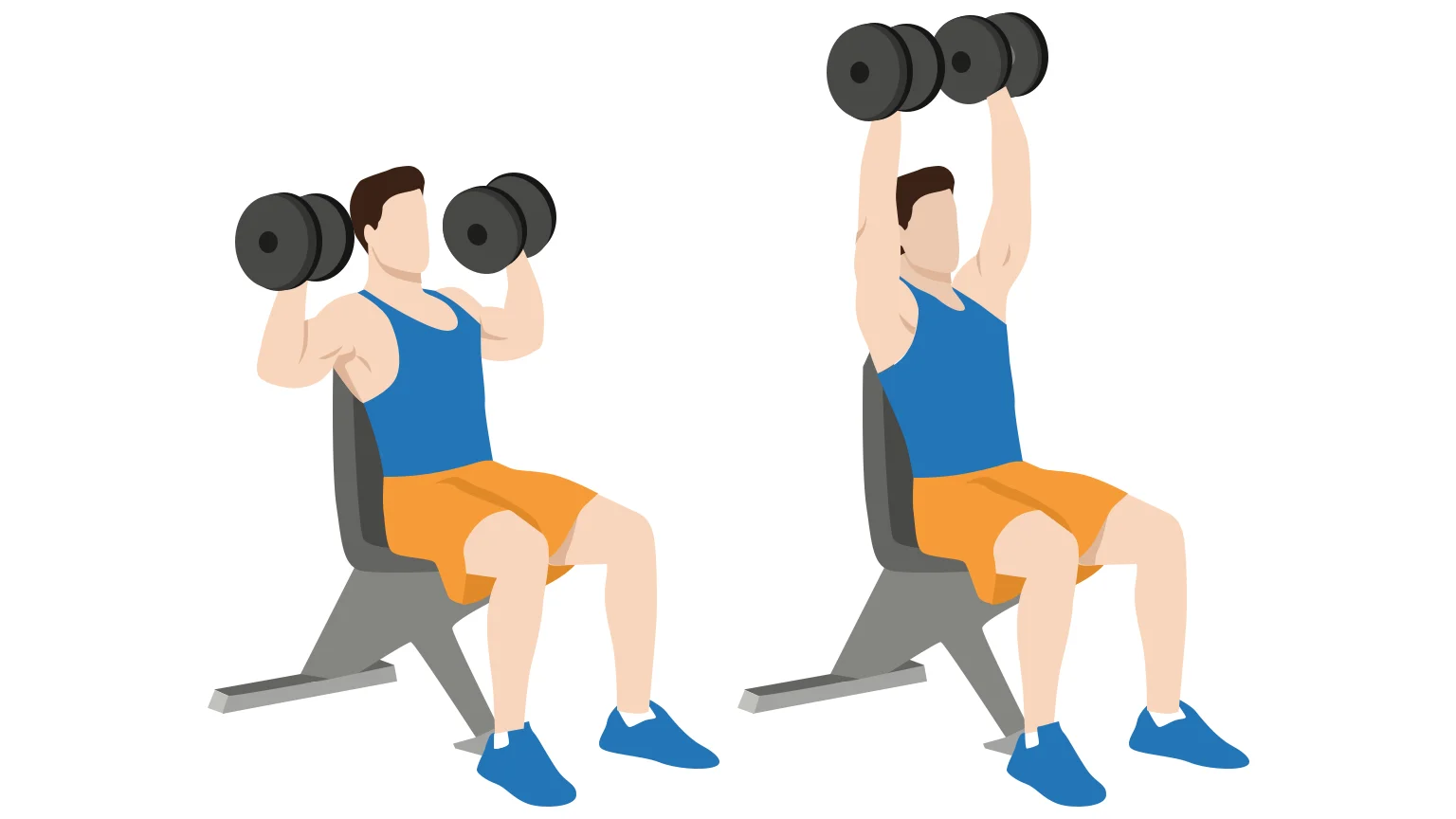
Why: The dumbbell shoulder press is a key compound shoulder exercise that primarily targets your deltoids. In addition, it also engages your traps, triceps and the stabilizing muscles in your upper back. The shoulder day routine starts with this exercise because you are able to lift a heavier weight at the start of the workout. This in turn maximizes your shoulder engagement and promotes muscle development.
How to do: Hold a dumbbell in each hand and sit on a bench that has a back support. Lift the dumbbells up to shoulder height, with your palms facing forwards. Your elbows should be at a 90 degree angle. Breathing out, push the dumbbells up into the air over your head until your arms are almost fully extended. Hold for a second or two, then slowly lower back to the starting position.
Read more: How to Do a Seated Dumbbell Shoulder Press
Upright rows

Why: Upright rows are an advanced exercise that works your deltoids, traps and biceps. It’s another compound exercise that helps build size and strength in your shoulders. This exercise provides a comprehensive upper body workout, also requiring a strong core for stabilizing your upper body. Upright rows are a riskier exercise – please read the guide about the risk and proper form when doing this movement.
How to do: Stand tall with your feet shoulder-width apart. Grab the barbell using an overhand grip, with your hands slightly narrower than shoulder-width apart. Inhale and engage your abs. Then, as you exhale, pull the barbell upwards towards your chin, keeping the bar close to your body. Bring the barbell slightly below chin level, squeeze and pause for 1-2 seconds, then lower back to the starting position.
Read more: How to Do Upright Rows
Dumbbell lateral raises
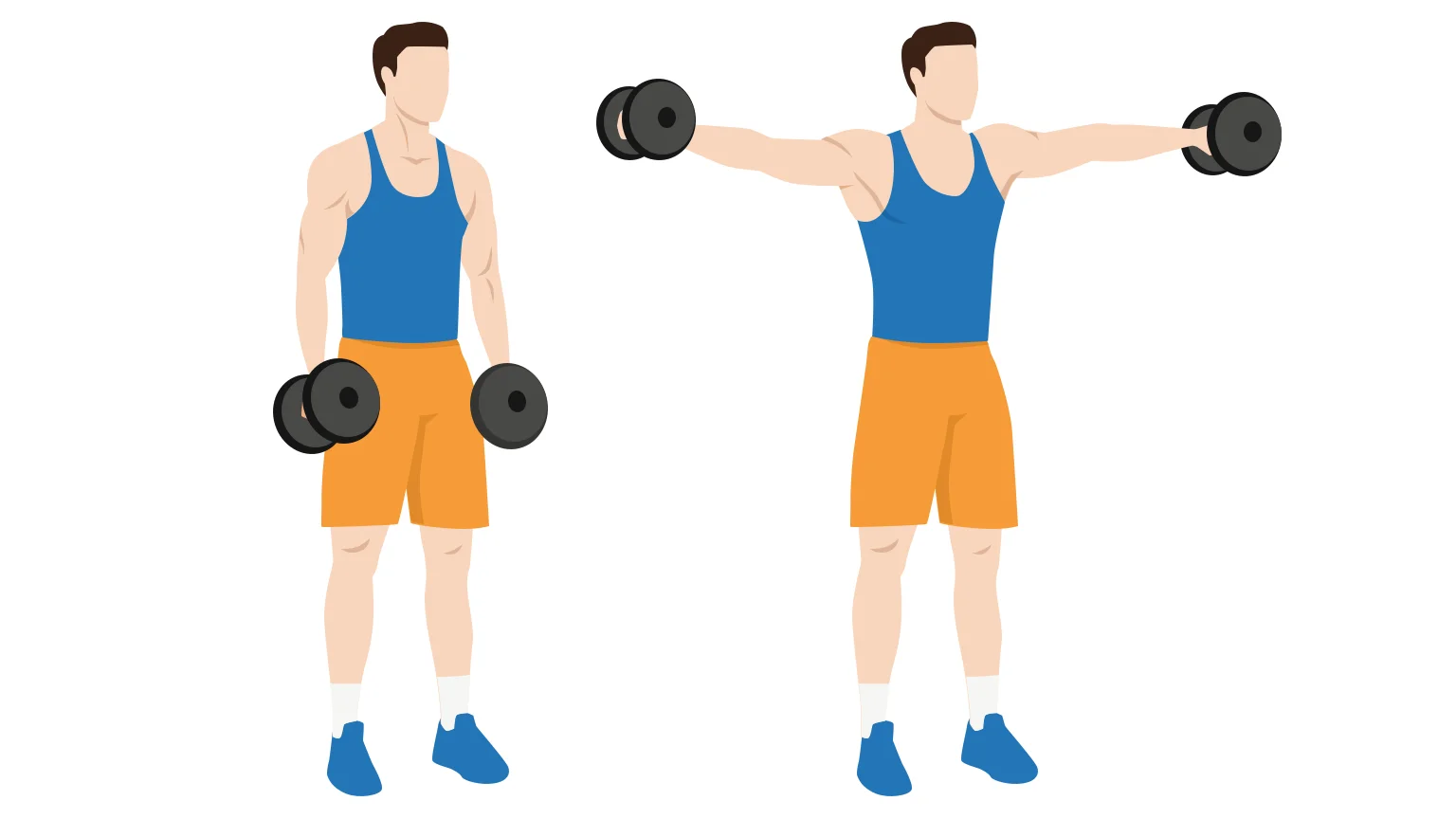
Why: Dumbbell lateral raises are an isolation exercise that specifically targets the lateral (middle) part of your deltoids muscle. It’s also helps strengthen your rotator cuff muscles. Doing this exercise will strengthen your shoulders and improve muscle definition in your shoulders, as well as improve your shoulder mobility and stability.
How to do: Stand straight with a dumbbell in each hand. Use an overhand grip with your palms facing each other. Keep your feet shoulder-width apart. With a slight bend at your elbows, slowly lift the weights out to your sides until they are at shoulder level. Hold and squeeze at the top of the movement, then slowly lower the weights back to the starting position.
Read more: How to Do Dumbbell Lateral Raises
Dumbbell front raises

Why: Dumbbell front raises are the second isolation exercise in your shoulder day workout. This exercise targets your anterior (front) deltoids, as well as engaging your upper pecs. It fits in well to the shoulder routine as the anterior delts are easily neglected in favor of your lateral delts. Doing a specific isolation exercise for your anterior delts ensures balanced shoulder development.
How to do: Stand upright, holding a dumbbell in each hand. Your arms should be fully extended, with your palms facing your body. Keeping your elbows slightly bent, lift the dumbbells in front of you until they are at shoulder height. Pause for a moment, then lower the dumbbells back down to the starting position.
Read more: How to Do Dumbbell Front Raises
Rear delt flyes
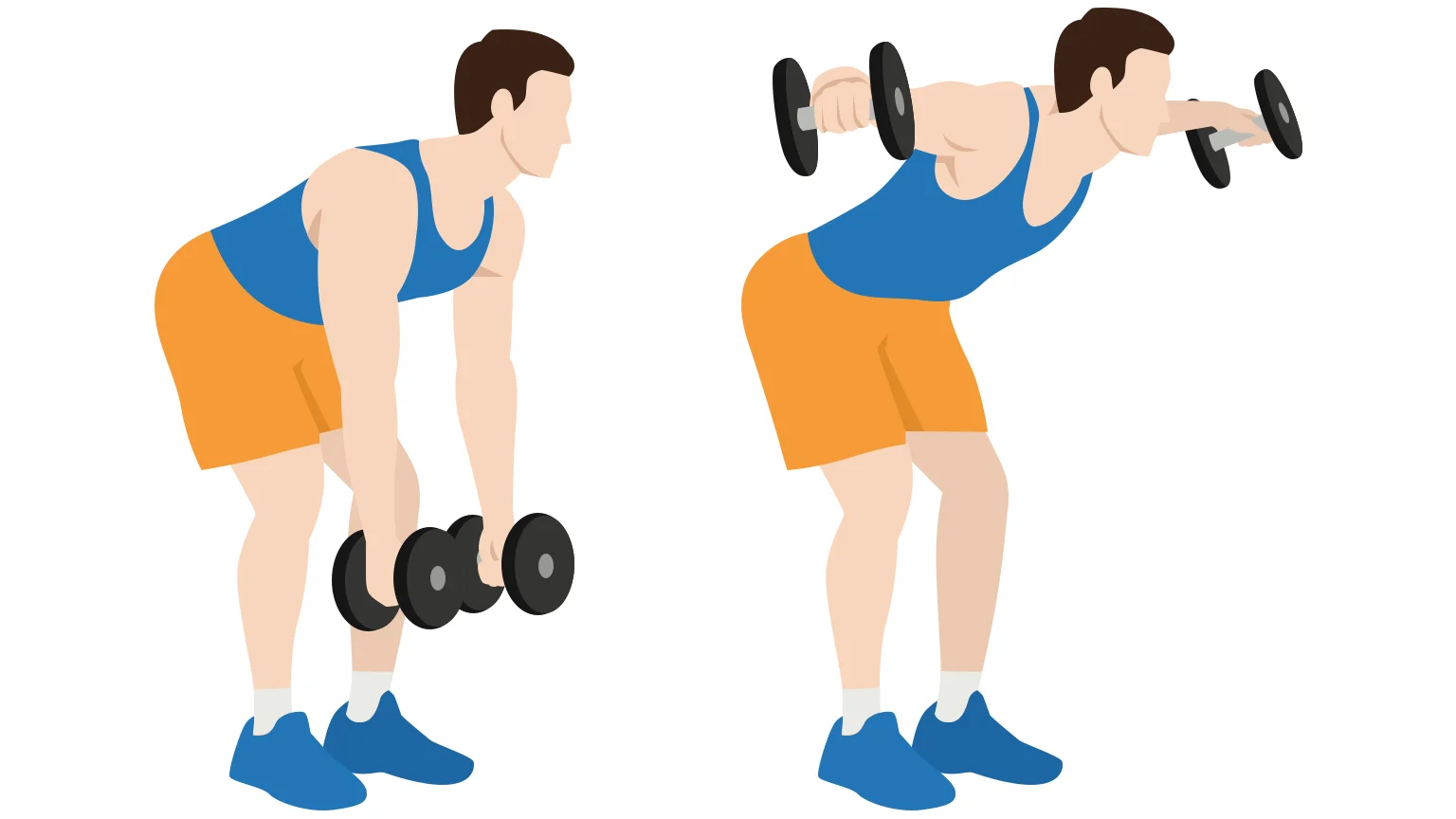
Why: This exercise targets your posterior (rear) deltoids, which are located at the back of your shoulders. It also works your rhomboids and lower traps, which helps support your shoulder and upper back. Where the other two isolation exercises target your anterior (front) and lateral (side) delts, rear delt flyes is one of the few exercises that specifically target your rear delts. That’s why we recommend including it in your shoulder day workout routine.
How to do: Hold a dumbbell in each hand with your feet shoulder-width apart. Bend at your waist until your torso is almost parallel to the ground. Hold the dumbbells beneath your chest, with your arms extended and your palms facing each other. With your elbows slightly bent, raise your arms out to your sides until they are level with your body. Squeeze your shoulder blades, then slowly lower back to the starting position.
Read more: How to Do Rear Delt Flyes
Tips
Use different variations
For each of the exercises in the workout routine, consider changing to a different variation of the same exercise from time to time. For example:
- Shoulder press – We include the seated shoulder press in our workout routine. But, for an extra challenge, you might want to do this same exercise standing. This variation provides no back support, so demands extra stability and control to maintain proper form.
- Lateral raises – Instead of lifting heavy dumbbells, consider using a lighter weight with more reps. This can enhance your endurance ability. Or maybe consider using a resistance band, which will provide a slightly different challenge to your muscles.
- Face pulls – There’s no many exercises that effectively isolate your rear delts, but rear delt flyes is the one we recommend in the routine. The Face pull is another excellent exercise for working your rear delts and upper back muscles, so consider including this in your routine.
Warm up
Always start with your workout sessions with a proper warm up. This can include some light cardio and dynamic stretches targeting your shoulder muscles.
A warm up increases the blood flow to your muscles which can reduce the risk of injury, as well as improve your performance during the workout itself.
Warming up is especially important for shoulder workouts because your shoulder joints are complex and prone to injury.
